Overview
Tibet Embark on a five – day Lhasa – Yamdrok Lake Tour and deeply experience the unique charm of Tibet. After arriving in Lhasa, you can visit the Lhasa Traditional Handicraft Center to explore the allure of traditional Tibetan craftsmanship. Enter Sera Monastery (no debating on Sundays) to feel its solemn tranquility. Ascend the Potala Palace, overlook Lhasa City, and appreciate the grandeur of this palace on the roof of the world. Step into Jokhang Temple and sense the sacred atmosphere of this holy site of Tibetan Buddhism. Stroll along Barkhor Street, experience the local hustle – and – bustle of Tibet, and savor special local delicacies. You will also journey to Yamdrok Lake to admire this sacred lake that resembles a piece of green jade, and visit Tashilhunpo Monastery to explore the mysteries of Tibetan Buddhism. When the journey concludes, you’ll set off on your return journey with beautiful memories of this land. This trip is bound to be an unforgettable experience.
Highlights
- Visit Sera Monastery, Jokhang Temple, and Tashilhunpo Monastery to experience the allure of Tibetan Buddhism from various perspectives, such as Buddhist debates and Buddha - statue worship.
- Get the chance to savor Tibetan cuisine and Nepalese specialties, experiencing the blended flavors of the plateau and foreign lands.
- Visit renowned attractions like the Potala Palace and explore niche spots such as the traditional handicraft center for a rich travel experience.
- The 5 - day itinerary is well - organized, allowing for efficient sightseeing while also enabling in - depth immersion in the natural scenery and culture of Tibet.
Itinerary
Upon your arrival at Lhasa airport, your guide will greet you and escort you to your hotel and help you check in. You will have the rest of the day and evening to rest and relax to become acclimatized the high altitude of Tibet.
【Traditional Handicraft Art center】
Today we will take you to fully immerse yourself in experiencing traditional Tibetan handcraft Center, including making Tibetan incense, woodblock printing and learning about the Tibetan language.
While learning about how the refreshing Tibetan incense is made, you can also participate in making it with your own hands, which is of quite different significance from the purchased Tibetan incense. Knowledgeable teachers will introduce to you the origin of the Tibetan language and help you write Tibetan blessings or your own Tibetan name. Meanwhile, you can also experience the traditional woodblock printing. The incense, printed words and Tibetan calligraphy can all be taken home as souvenirs.
【Sera Monastery】
The monks’ debate is held in the courtyard almost every Monday to Saturday between 3:00pm and 5:30pm. Please note that in case of some special monastery activities such as the Dharma Meeting or the reception of VIPs, the monks’ debate may be canceled that day. After our visit to the monastery, feel free to stroll around the streets of Lhasa as you absorb the atmosphere and spirit of the devoted Tibetan people, or you may return to your hotel to rest and relax from this wonderful Tibetan cultural experience.
Initially built in 641 AD and listed as a world heritage site in 1994, the Potala Palace is the most popular tourist attraction in Tibet. The halls, murals, statues and mountain views will make you shocked even if you are not a Buddhist.
The Jokhang Temple is the final destination for pilgrims. A statue of the 12-year-old Sakyamuni, who lived in India in the fifth century BC, and who was the creator of Buddhism, is collected in the monastery. This is the reason why Buddhists consider Lhasa a Sacred Land.
Located near the Jokhang Monastery, the Barkhor Street was only a place for Buddhists to do a religious circumambulation in ancient times. Nowadays, tourists can buy exquisite souvenirs on the street, such as handicrafts, costumes, tea, prayer wheels and Tibetan incense.
1 free meal: Tibetan or Nepalese specialty dishes
This morning we’ll take a drive up to the Kampala Pass (elevation 4797 meters) where you’ll have a glimpse of 【Yamdrok Lake】down below as well as spectacular views of the holy Mount Nyenchen Khangsar in the distance. You will need your camera ready for the turquoise waters of Yamdrok Lake, which is one of the three holy lakes of Tibet.
【Xiazhulin Temple】
Compared with other popular ancient temples, Xiazhulin Temple with a panoramic view of the Yarlung Zangbo River is very quiet. The temple is most famous for the body of the auspicious goddess it enshrines. It is said that she was born a thousand years ago and was only twelve years old when she passed away. After passing away, her body naturally shrunk to only one cubit high, sitting in a Tara posture, with one eye even slightly open, as if she was half asleep. It is legend that she is the true incarnation of the auspicious goddess Green Tara, who was later enshrined in this temple.
Today you will have free time until your tour guide escorts you to the Lhasa train station or airport for your departing train or flight from Lhasa. This will end your tour services in Tibet.
Cost
The Cost Includes
- Professional licensed English-speaking local guide
- Tourist Vehicle: 7-23seats (If it’s less than 4 travelers doing Lhasa city tour, we will let tour guide to take a taxi instead. Taxi fee will be at the tour guide expense.)
- Hotel accommodation with breakfasts (3-star standard)
- Meals: Breakfasts plus featured meals - Tibetan welcome banquet in Lhasa & The world’s highest altitude hot pot experience at EBC (if you take the tour to EBC).
- Admission tickets, activities listed in the itinerary
- Tibet Permits: Tibet Entry Permit, Alien Travel Permit, Border Pass, etc.
- Pick up and Drop off Service: The pick up and drop off service are free from 7:00am to 22:00pm on the pick up and drop off date.
- Oxygen and Water: A container of Oxygen per person for emergency use; 2 bottles of drinking water per person per day (300ml); 4L Medical oxygen cylinder with car
- Our service from tour planning, handling, operational and finishing your trip
The Cost Excludes
- International airfares
- Entry Visa fees
- Personal expenses
- Single Room Supplement
- Recommended optional activities
- Arrival/departure flights or train on the first and last day
- Tips or gratuities for guides and drivers
Join Our Fixed Trip Starting Date
-
Guaranteed Available PackagesSaturdayMay 10, 2025WednesdayMay 14, 2025$780.00$680.0013% OFFAvailable
-
Guaranteed Available PackagesThursdayMay 15, 2025MondayMay 19, 2025$780.00$680.0013% OFFAvailable
-
Guaranteed Available PackagesTuesdayMay 20, 2025SaturdayMay 24, 2025$780.00$680.0013% OFFAvailable
-
Guaranteed Available PackagesSundayMay 25, 2025ThursdayMay 29, 2025$780.00$680.0013% OFFAvailable
-
Guaranteed Available PackagesFridayMay 30, 2025TuesdayJun 3, 2025$780.00$680.0013% OFFAvailable
Frequently Asked Questions (FAQs)
All foreign tourists are required to obtain a Tibet Travel Permit to travel to Tibet. This permit can only be applied for through a registered travel agency in Tibet (we are a local travel agency in Tibet with our office in Lhasa), and is required to purchase an air or train ticket to Tibet. The permit is necessary to enter Tibet and visit certain areas in the region, including Lhasa and Everest Base Camp. Travelers should plan ahead and allow enough time for the permit application process, as it may take one to two weeks to obtain the necessary permits.
The best time to visit Tibet is from April to October every year, which is the spring, summer and autumn seasons. The climate at this time is mild and dry, with clear skies and comfortable temperatures.
The peak tourist season is from late June to early October. However, visiting in the shoulder seasons of April to May and mid-October to November will have fewer crowds and lower prices. You can decide the best time to come to Tibet and fulfill your Tibetan dream.
In addition to weather conditions, there are also some grand festivals such as Saga Dawa Festival (May/June), Tibetan New Year (February) and Shoton Festival (August). If you are interested in cultural experiences in Tibet, please feel free to contact our travel experts to meet your ideas and preferences.
Yes, it is recommended that visitors be in good physical condition when taking a trip to Tibet, as many tours involve hiking and trekking at high altitudes. The average altitude in Tibet is over 4,000 meters (13,000 feet), and some popular tourist destinations, such as Mount Everest and Mount Kailash, are even higher. Visitors with heart or lung disease, high blood pressure, or other medical conditions that may be affected by high altitudes should consult a doctor before traveling to Tibet.
With the average elevation of the region at over 4,000 meters, altitude sickness is a common concern for visitors to Tibet. Not everyone experiences altitude sickness when traveling to Tibet, and most visitors arrive in good condition.
Symptoms of altitude sickness include headaches, nausea, dizziness, and shortness of breath. It is important to allow time to acclimate to the high altitude and take precautions to prevent altitude sickness. Travelers should drink plenty of water, avoid alcohol and caffeine, and eat light foods rich in carbohydrates. It is also recommended to take it easy for the first few days, avoid strenuous activity, and allow time to acclimate to the new altitude after arriving in Lhasa. Some travelers may also take medication to prevent or treat altitude sickness.
If symptoms of altitude sickness persist or worsen, seek medical attention immediately. Many hotels and travel agencies in Tibet have oxygen supplies to help relieve symptoms of altitude sickness. Always consult a doctor before traveling to Tibet, especially if you have a history of heart or lung disease, high blood pressure, or other conditions that may be affected by high altitudes.
There are two main types of accommodation options for Tibet group tours: basic standard and comfortable. In large cities such as Lhasa, there are a variety of accommodation options, ranging from three-star to four-star hotels. In remote areas such as near Mount Everest or Mount Kailash, accommodation may be more basic, with simple guesthouses or tented camps. After booking, we will email you detailed hotel arrangements.
The most common way to travel to Tibet is by train or plane. The Qinghai-Tibet Railway is the highest railway in the world and offers stunning views of the Tibetan Plateau. There are also several flights to Lhasa Gonggar Airport from major Chinese cities such as Beijing, Shanghai, Chengdu and Xi’an. You will need a Tibet Permit to board the train or plane. We can help you book your Tibet train or flight to Lhasa and obtain a Tibet Permit.

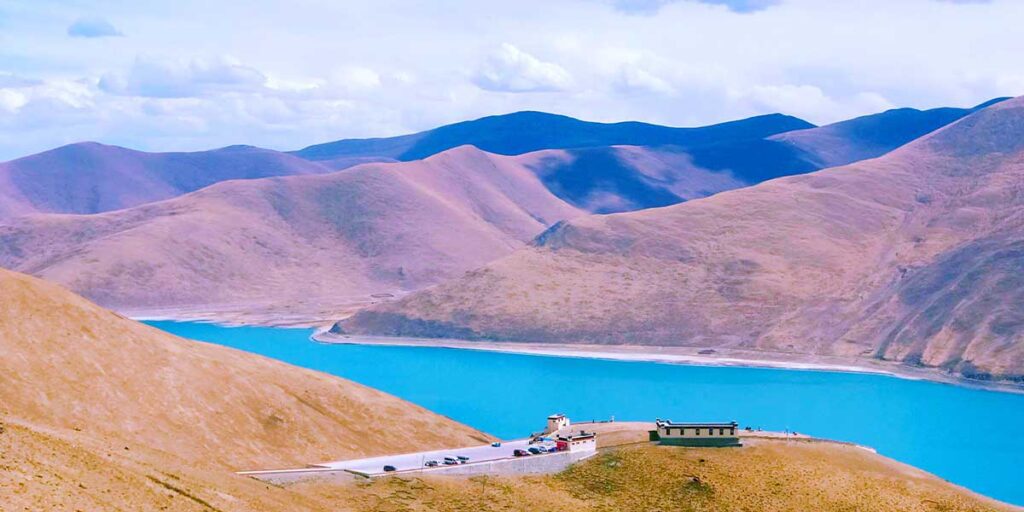
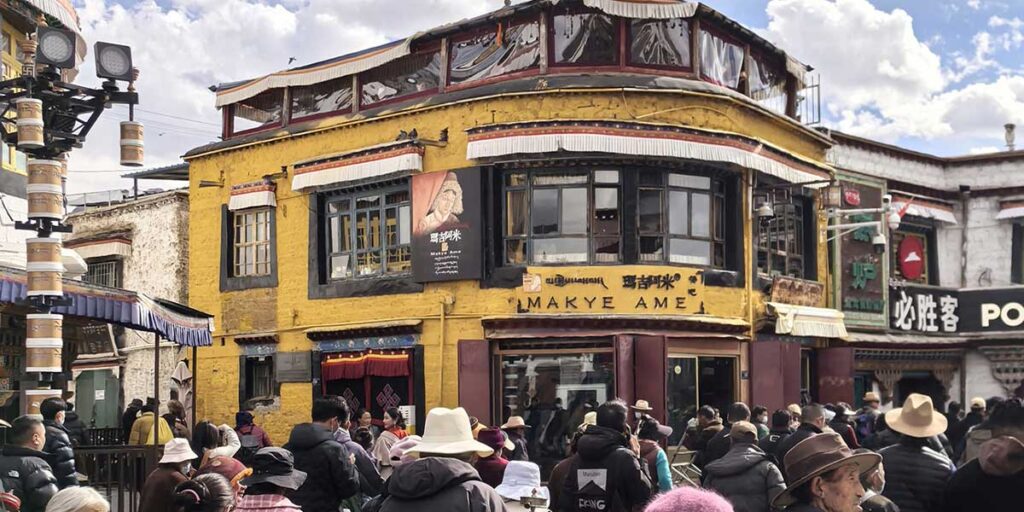

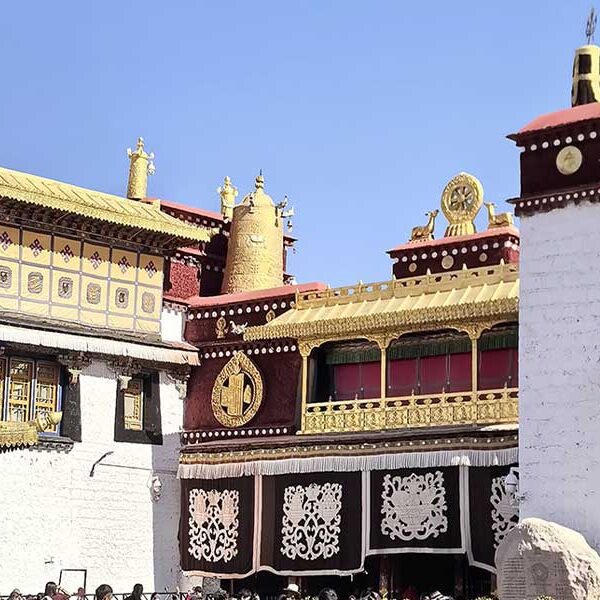
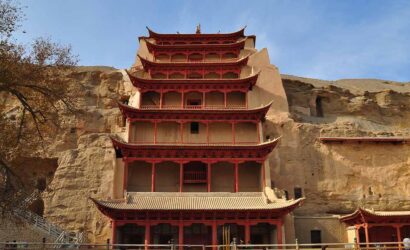
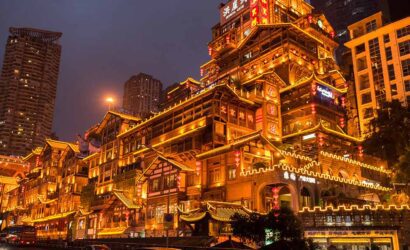

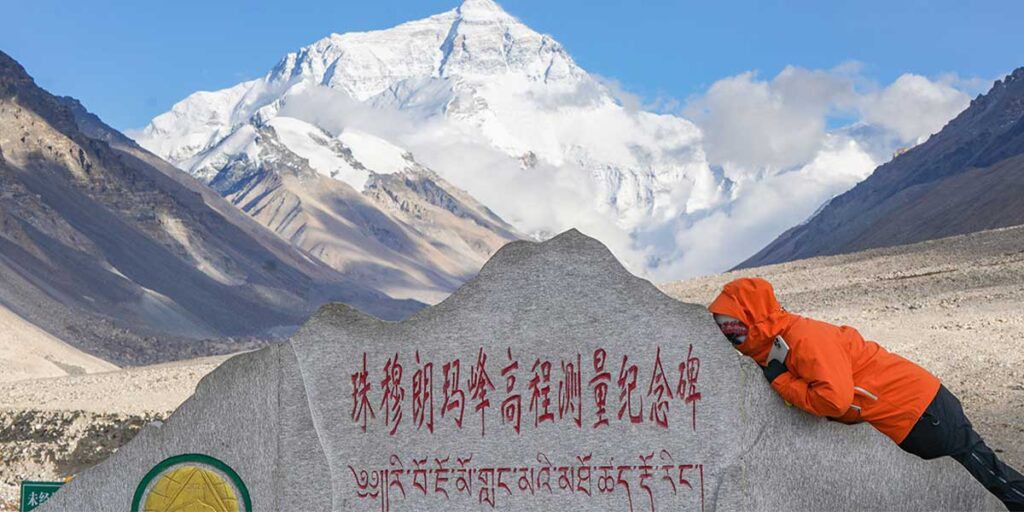
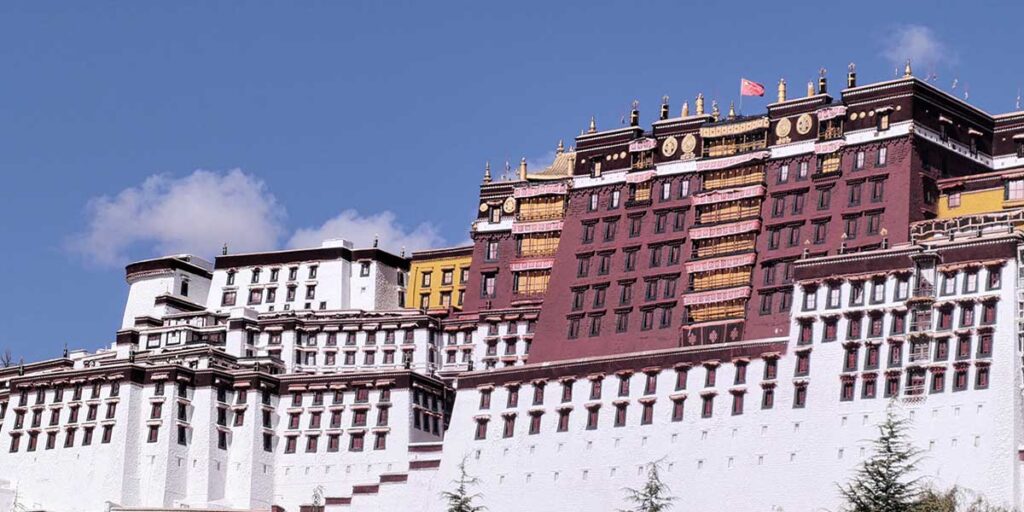
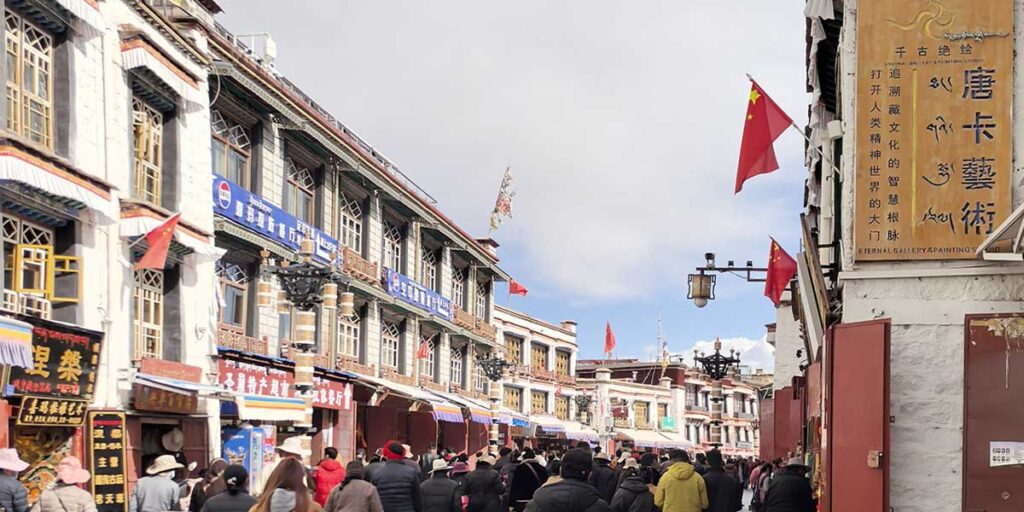

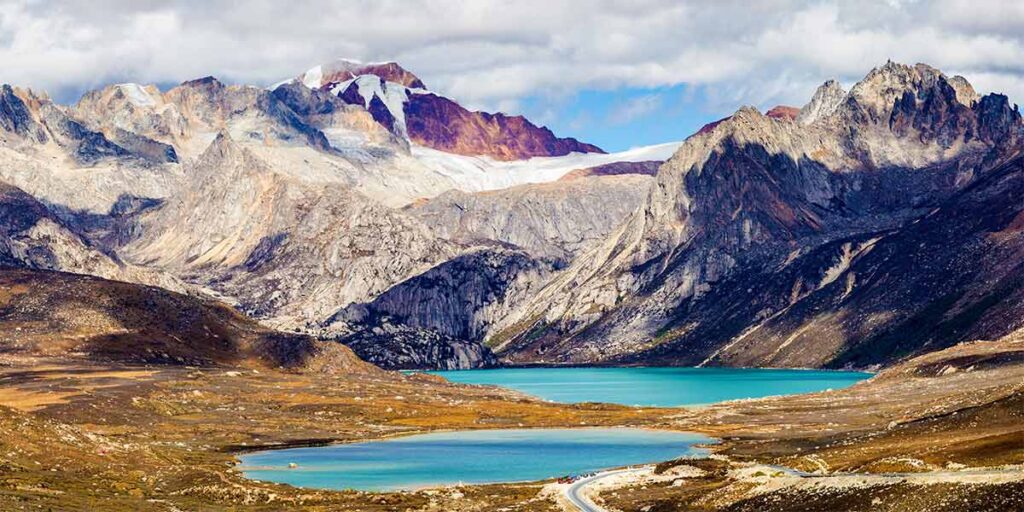
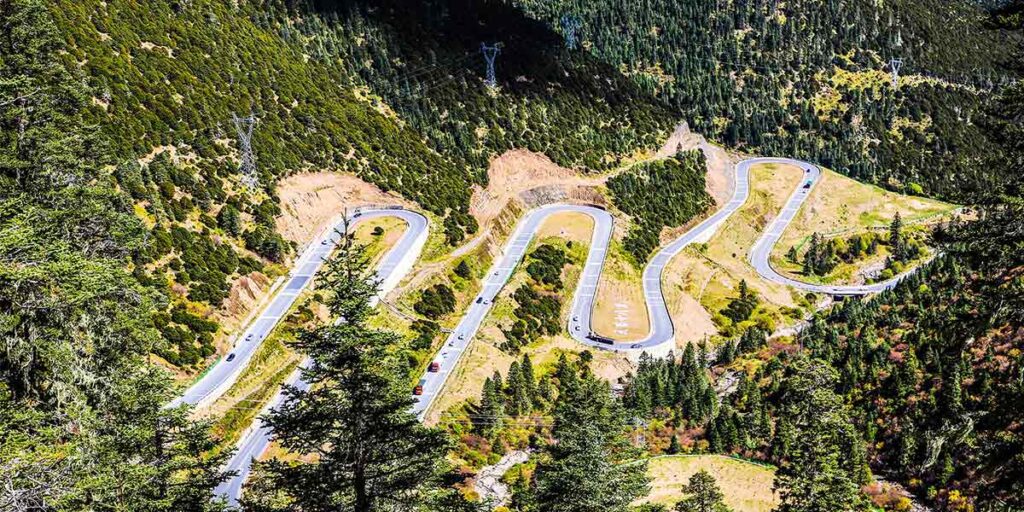
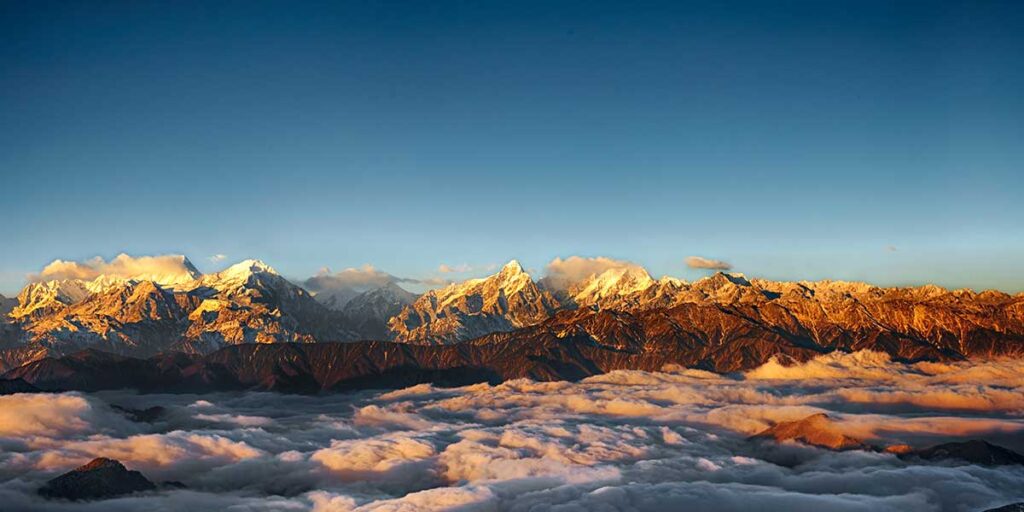
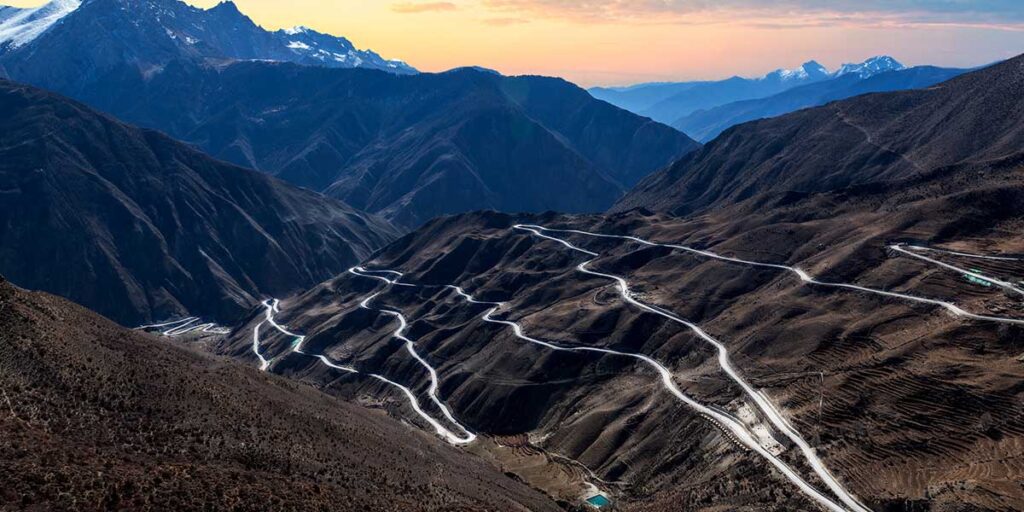
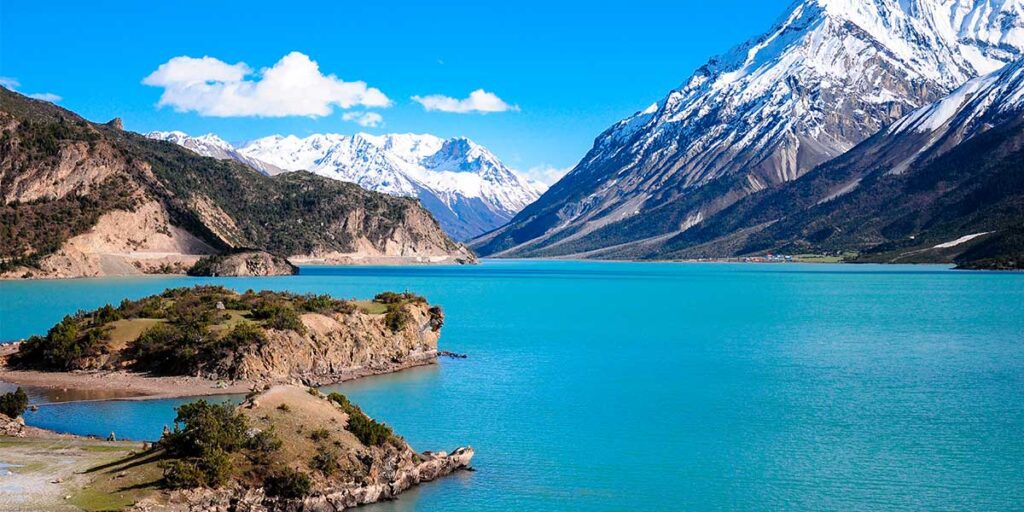
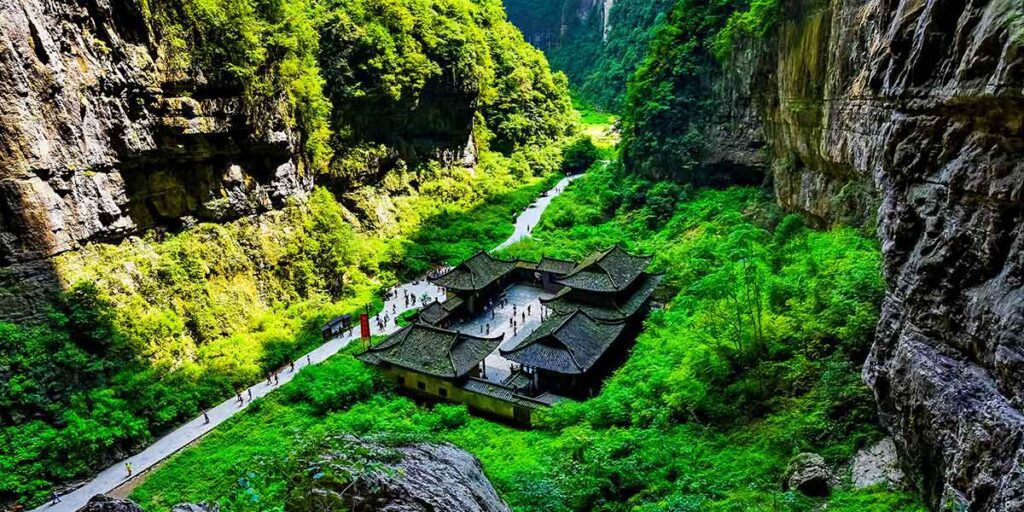
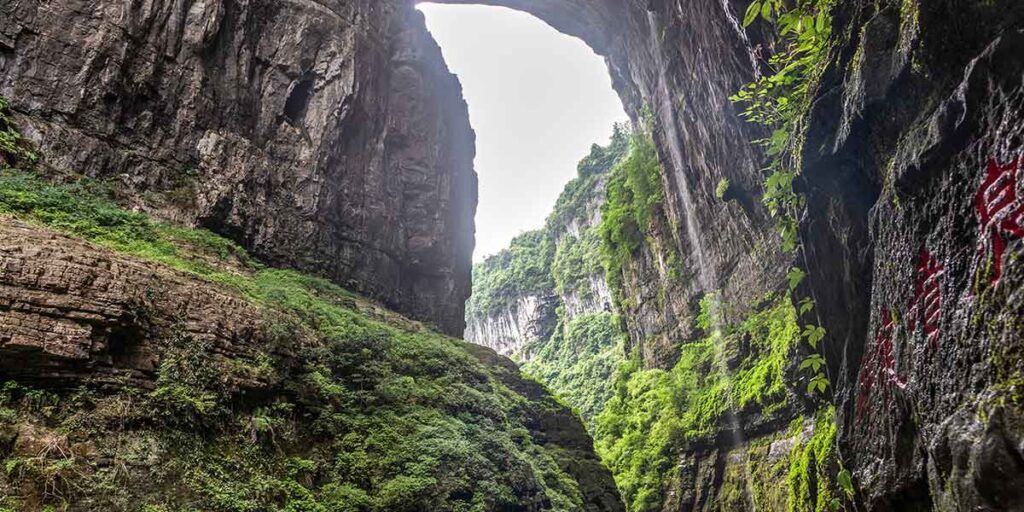

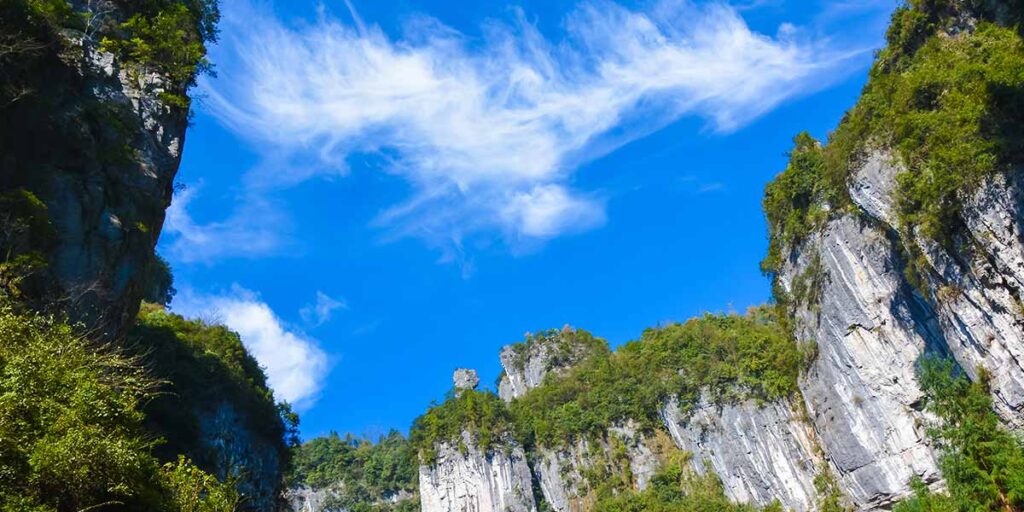

Write a Review